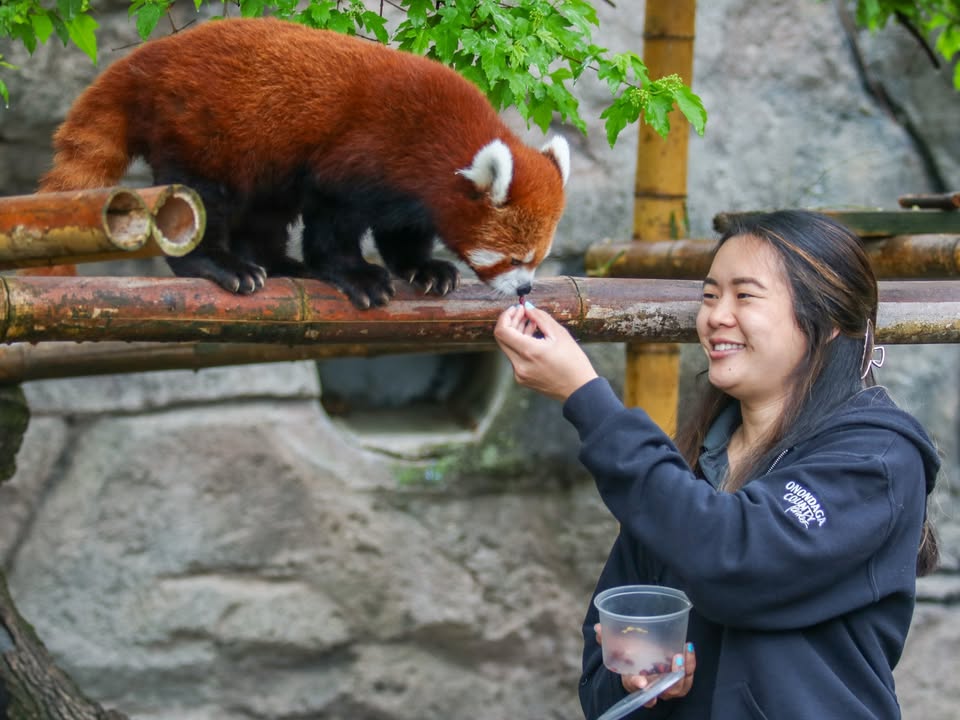- Implementing guidelines to minimize stress and maximize animal welfare during events.
- Monitoring noise levels to protect animal well-being.
- Observing and documenting animal behavior for welfare assessments.
- Adhering to AZA-accredited protocols for animal care.
- Integrating educational resources for public awareness.
When hosting events at a zoo, animal welfare is paramount. Accredited by the Association of Zoos and Aquariums (AZA), institutions commit to stringent standards that prioritize the well-being of every creature in their care. These guidelines form the backbone of decision-making processes during events, ensuring that stress is minimized and welfare is maximized.
One critical focus is regulating noise levels. Events featuring music can generate significant sound, which may distress animals. To mitigate this, the volume is strictly kept below 80 decibels (dB). A dedicated member of the animal care team continuously monitors sound levels using a decibel reader. This practice not only maintains a safe auditory environment for humans but also prevents potential stress in animals. Studies highlight that prolonged exposure to loud noises can lead to increased anxiety and altered behaviors in animals, similar to the effects seen in humans.
Behavioral observation is another key element. Throughout an event, the animal care team is vigilant, performing rounds to monitor how the animals react to their environment. This monitoring extends to documenting behaviors in a Welfare Assessment Form. These forms are vital as they record any signs of stress, such as pacing, vocalizations, or changes in feeding and social interactions. By collecting this data, zoos can adjust care practices and improve conditions, reinforcing an ongoing commitment to animal welfare.
Following AZA-accredited protocols is non-negotiable. These guidelines encompass not only event-specific actions but also daily care routines. They emphasize habitat enrichment, proper nutrition, and veterinary care, forming a holistic approach to animal welfare. Such comprehensive measures help to ensure that animals thrive, even amidst the amplified activity of event days. Education for staff on identifying stress indicators is also crucial, fostering prompt and appropriate responses to any issues that arise.
Public education plays a significant role in prioritizing animal welfare. By sharing insights through resources such as MyZoo Magazine and online blogs, AZA-accredited institutions provide a wealth of knowledge to visitors and the broader community. This information empowers the public to understand how events are conducted responsibly, fostering greater support for zoos’ conservation and educational missions.
Every strategic action taken during events reflects a profound commitment to minimizing stress and maximizing animal welfare. These institutions serve as custodians of biodiversity, entrusted with the care and protection of species, often threatened in the wild. Upholding rigorous standards and engaging the public are integral to fostering a future where both animals and humans can flourish.
*****
Source Description
How do we minimize stress and maximize animal welfare during events? As an AZA-accredited institution, we adhere to strict guidelines that shape our procedures related to animal welfare.
For instance, when music is part of an event, the volume cannot be above 80dB. During the event, a designated animal care team member will use a decibel reader to continuously measure noise levels. In addition to performing rounds and monitoring behaviors, the animal team will also document their observations of animal behavior by filling out a Welfare Assessment Form.
Read more about how we host events while prioritizing animal welfare in our most recent issue of MyZoo Magazine, or online on our Blog. Link in bio!


